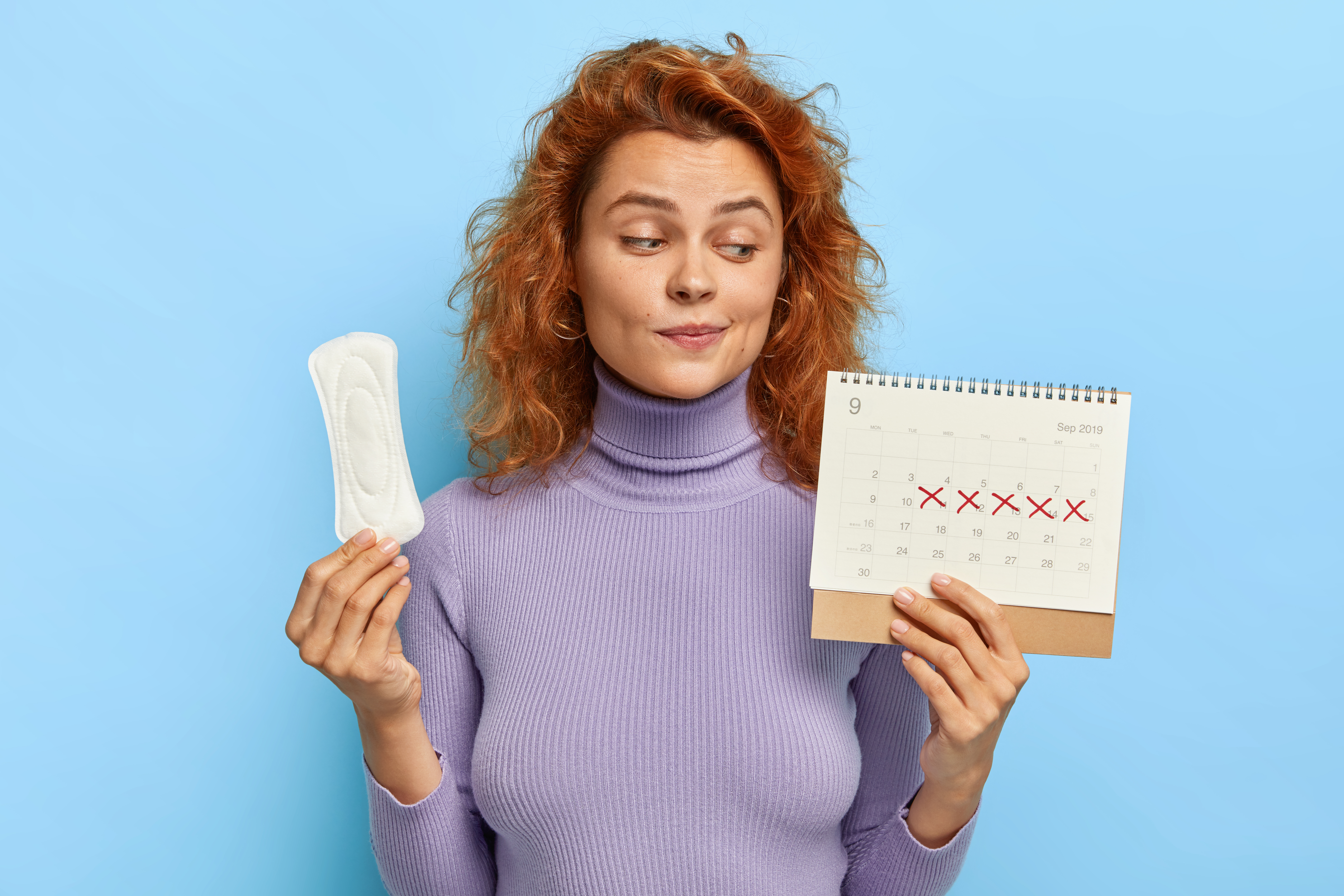Last updated on October 13th, 2025 at 02:13 pm
Periods and fitness are often discussed separately, but understanding how they are connected is vital. Your menstrual cycle influences your body in more ways than you might think. By syncing your workouts with your cycle, you can enhance your fitness and feel more energized.
Understanding the Menstrual Cycle ( period cycle)
A typical menstrual cycle lasts around 28 days, but it can vary for each person. It includes four phases: menstrual, follicular, ovulation, and luteal. Each phase brings different hormonal changes, affecting your energy levels, strength, and endurance.
What is Cycle Syncing?
Cycle syncing is the practice of adjusting your exercise routine to match the different phases of your cycle. This method helps you work with your body’s natural rhythms, rather than pushing against them. By listening to your body, you can improve performance and recovery.
Phase 1: Menstrual Phase (Days 1-5)
During menstruation, your body is shedding the uterine lining. Your energy levels are typically lower. It’s important to give yourself rest. Light exercises like walking, yoga, or gentle stretching can help relieve cramps. High-intensity workouts should be avoided. Heavy lifting or strenuous cardio can stress your body when it needs to rest.
Phase 2: Follicular Phase (Days 6-14)
The follicular phase begins right after your period. Hormones like estrogen start to rise, making this phase ideal for strength training and intense cardio. Your body is more resilient, and you may feel more energetic. You can push yourself harder during this time. Incorporate activities like weight lifting, cycling, and HIIT workouts.
Phase 3: Ovulation Phase (Days 15-17)
During ovulation, you are at your peak energy. Estrogen is high, which boosts your strength and stamina. This is the best time for intense exercise. Try activities that challenge your endurance, such as running or high-intensity training. Your body can handle more strenuous exercises with ease.
Phase 4: Luteal Phase (Days 18-28)
In the luteal phase, progesterone levels rise, and you might feel more fatigued. The body’s focus shifts toward preparing for a potential pregnancy. This can make high-intensity workouts feel more challenging. Instead, opt for moderate-intensity exercises like steady-state cardio, Pilates, or swimming. It’s a good time to prioritize rest and recovery.
Infradian Beings: The Science Behind Cycle-Syncing
Women’s bodies are unique, and they operate on a 28-day infradian rhythm. This is different from the circadian rhythm that controls sleep-wake cycles. Infradian rhythms influence mood, energy, and physical performance. When you align your workouts with your infradian cycle, you work with your body’s natural fluctuations, not against them. This can reduce fatigue and optimize results.
The Role of Nutrition during periods
Nutrition plays a crucial role in how your body performs during each phase of your cycle. Eating balanced meals, rich in proteins, healthy fats, and complex carbohydrates, can help fuel your workouts. During the luteal phase, cravings for carbs might increase. It’s okay to indulge in whole foods like sweet potatoes or quinoa to satisfy those cravings.
Hydration is also key. Drink water throughout your cycle to stay energized. During menstruation, focus on foods rich in iron, like spinach and beans, to replenish lost nutrients. Incorporating healthy fats, such as avocado and nuts, can help balance hormones.
Foods to Embrace
Incorporating foods that support hormone health can also help reduce cramps and bloating. Omega-3 fatty acids, found in fish like salmon and seeds like chia, have anti-inflammatory properties. Magnesium-rich foods, such as leafy greens and dark chocolate, can help reduce muscle tension and cramps.
What Exercises to Avoid during periods
High-intensity workouts can be harsh during menstruation and the luteal phase. Excessive cardio, heavy weight lifting, or overly strenuous exercises can lead to burnout and muscle strain. Always listen to your body and adjust your workout based on how you feel.
Final Thoughts
Understanding the connection between your period and fitness can lead to better performance and health. By syncing your workouts with your cycle, you can reduce fatigue, avoid injury, and optimize recovery. Nutrition plays a vital role in fueling your body throughout each phase. Be gentle with yourself, and remember that rest is as important as exercise. Working with your body’s natural rhythms will help you achieve better fitness results and feel your best year-round.
Faqs
Is it safe to work out during your period?
Yes, exercising during your period is generally safe and can actually help relieve cramps, bloating, and mood swings. Light to moderate activities like yoga, walking, or swimming are ideal, especially on heavier flow days.
Does your menstrual cycle affect workout performance?
Yes, hormone fluctuations can impact energy and endurance. Many women feel stronger during the follicular phase (after their period) and more fatigued during the luteal phase (before their period). Adjusting intensity helps maintain consistency.
What kind of exercise is best during each phase of the menstrual cycle?
During your period, focus on gentle movement and recovery. In the follicular and ovulation phases, try strength training or cardio. During the luteal phase, prioritize stretching, Pilates, or lower-intensity workouts to match energy levels.
Can exercise help reduce PMS symptoms?
Absolutely. Regular physical activity boosts endorphins, which improve mood and reduce cramps, bloating, and fatigue. Even short workouts or daily walks can make a noticeable difference.
Should you change your diet or hydration habits around your period when exercising?
Yes, drink more water to combat bloating and support hydration. Eat iron-rich foods like spinach and lentils to offset blood loss, and include complex carbs for stable energy during workouts.
Source of the article
The information in this article is generic, modern and basic .The research was done by reading several articles and consulting many practitioners.




